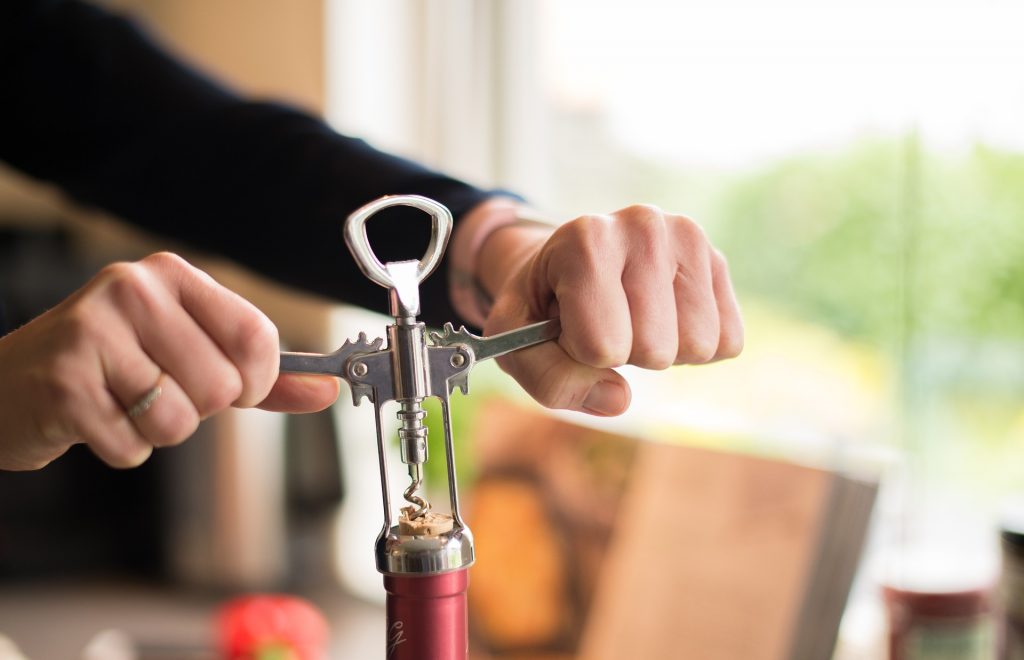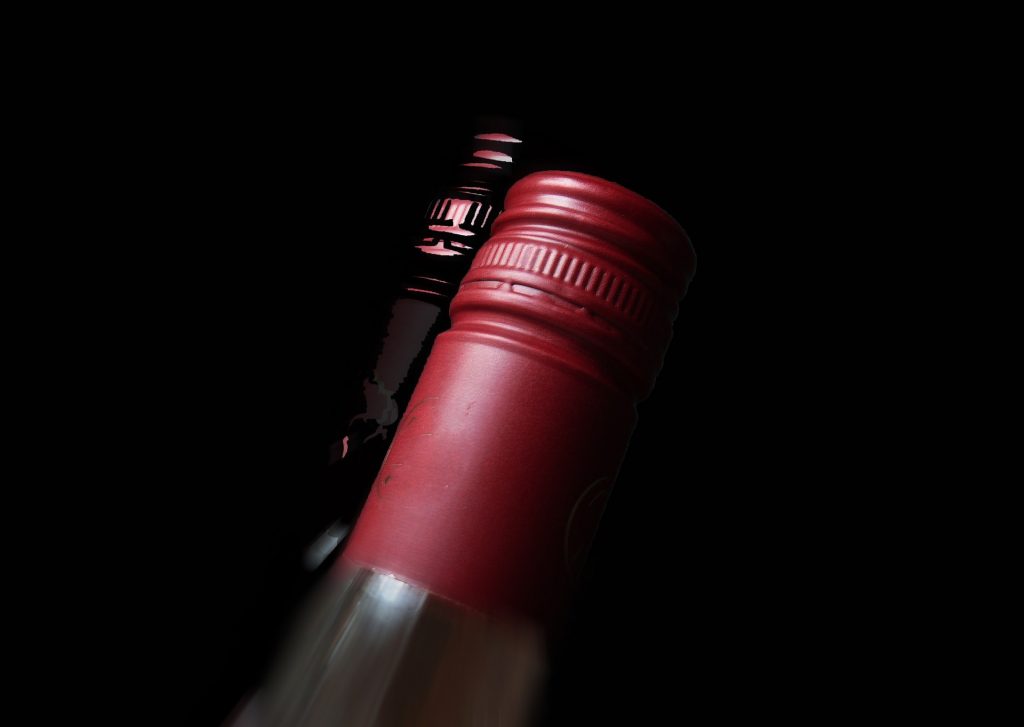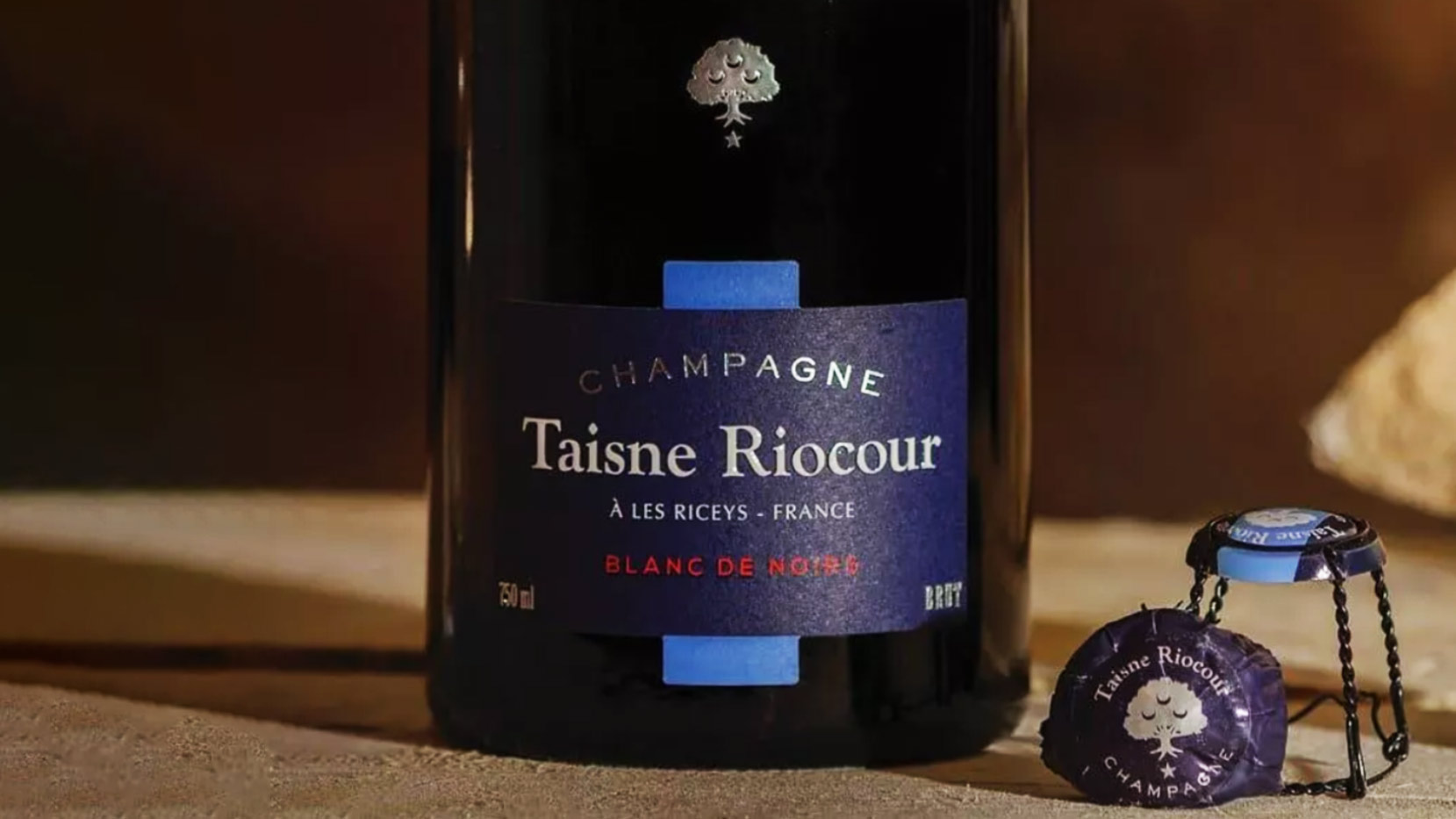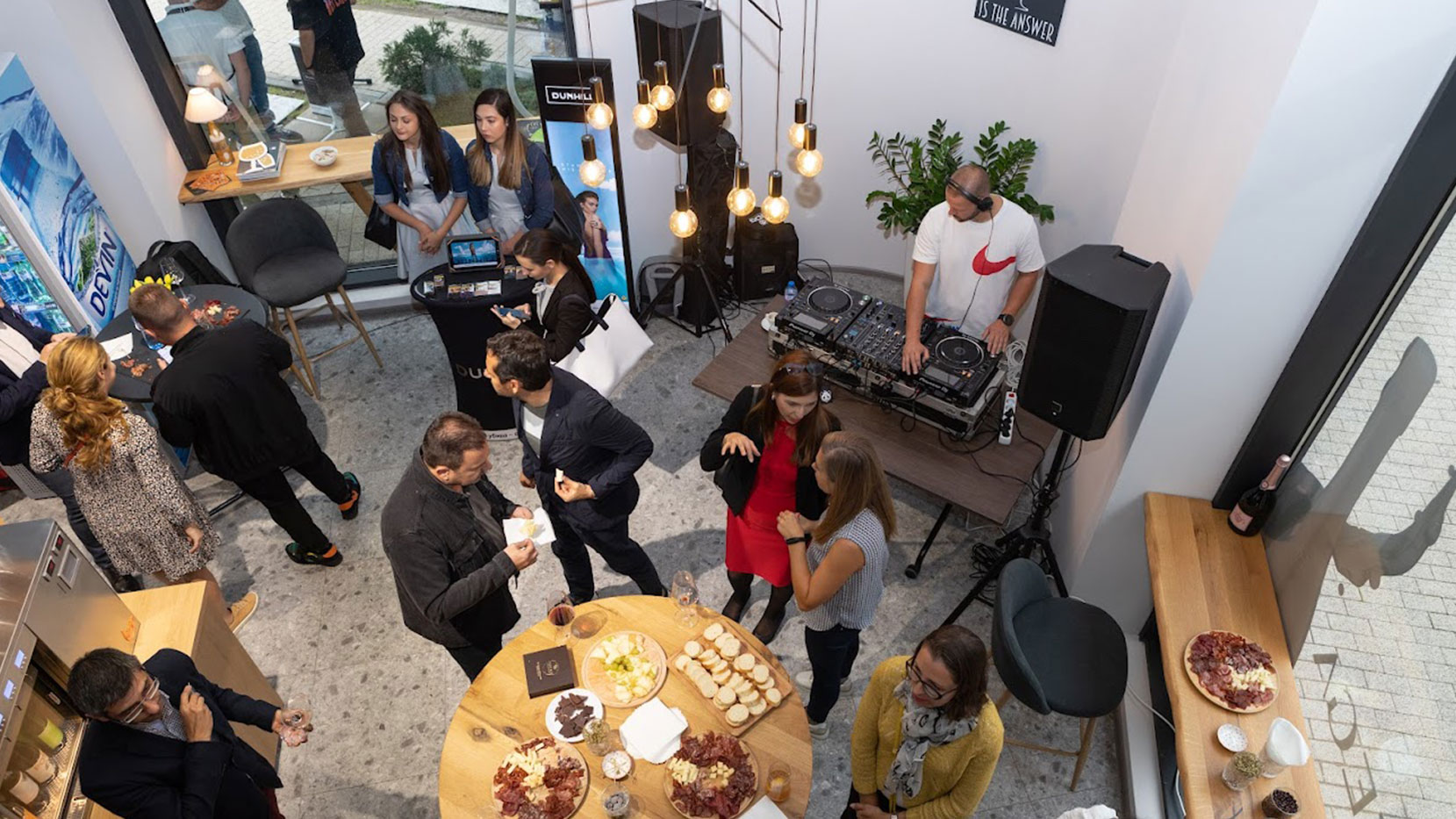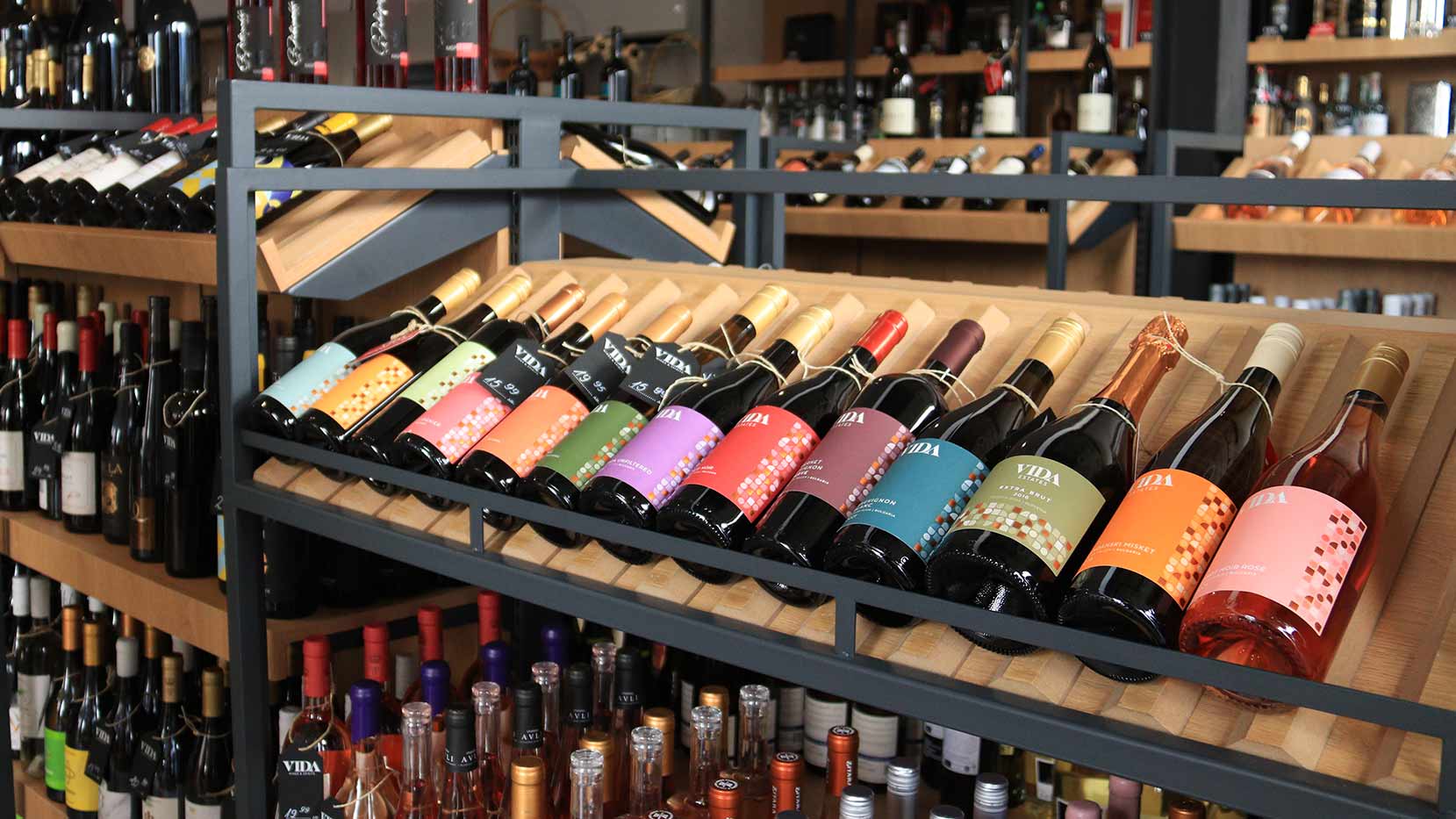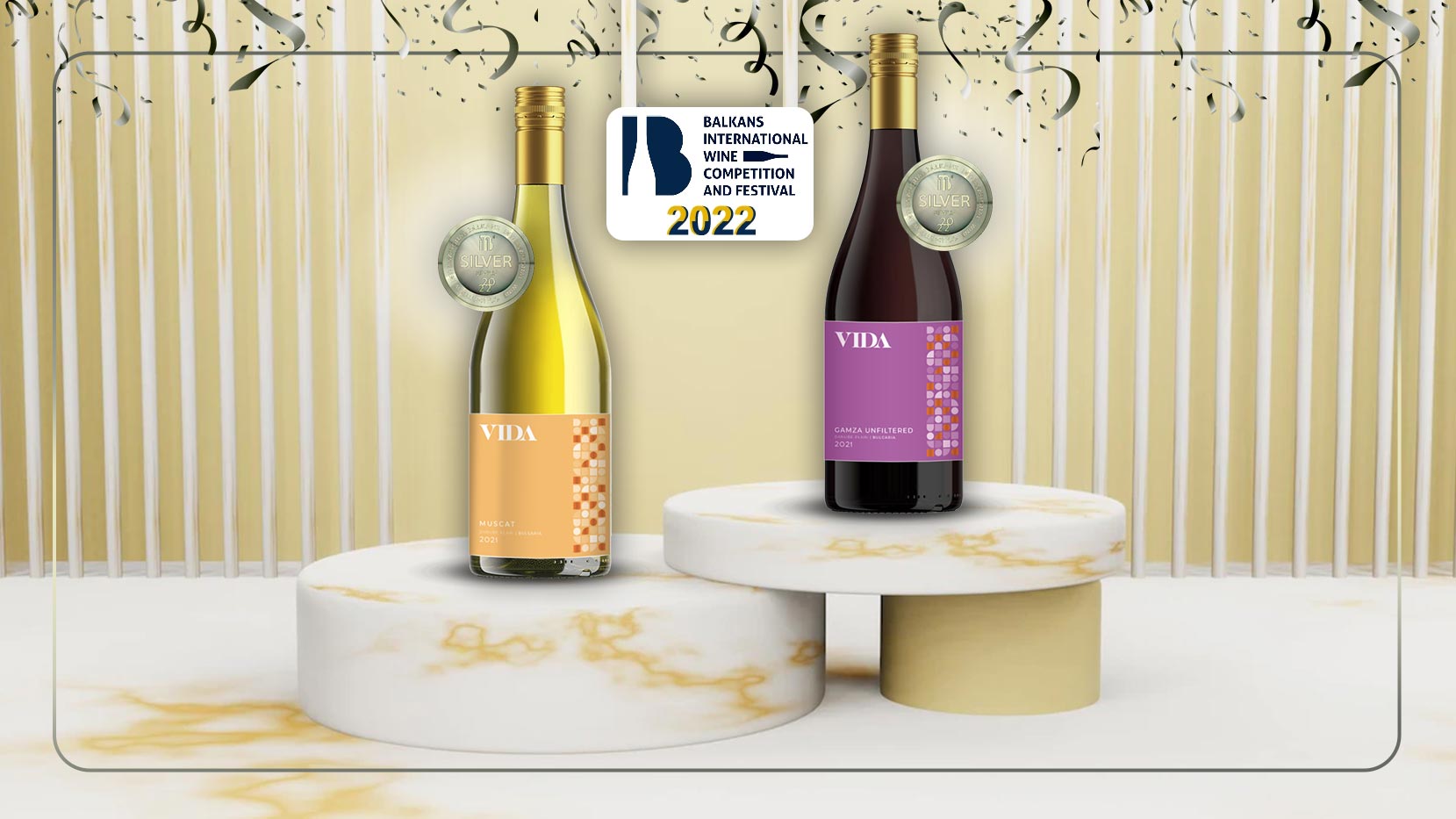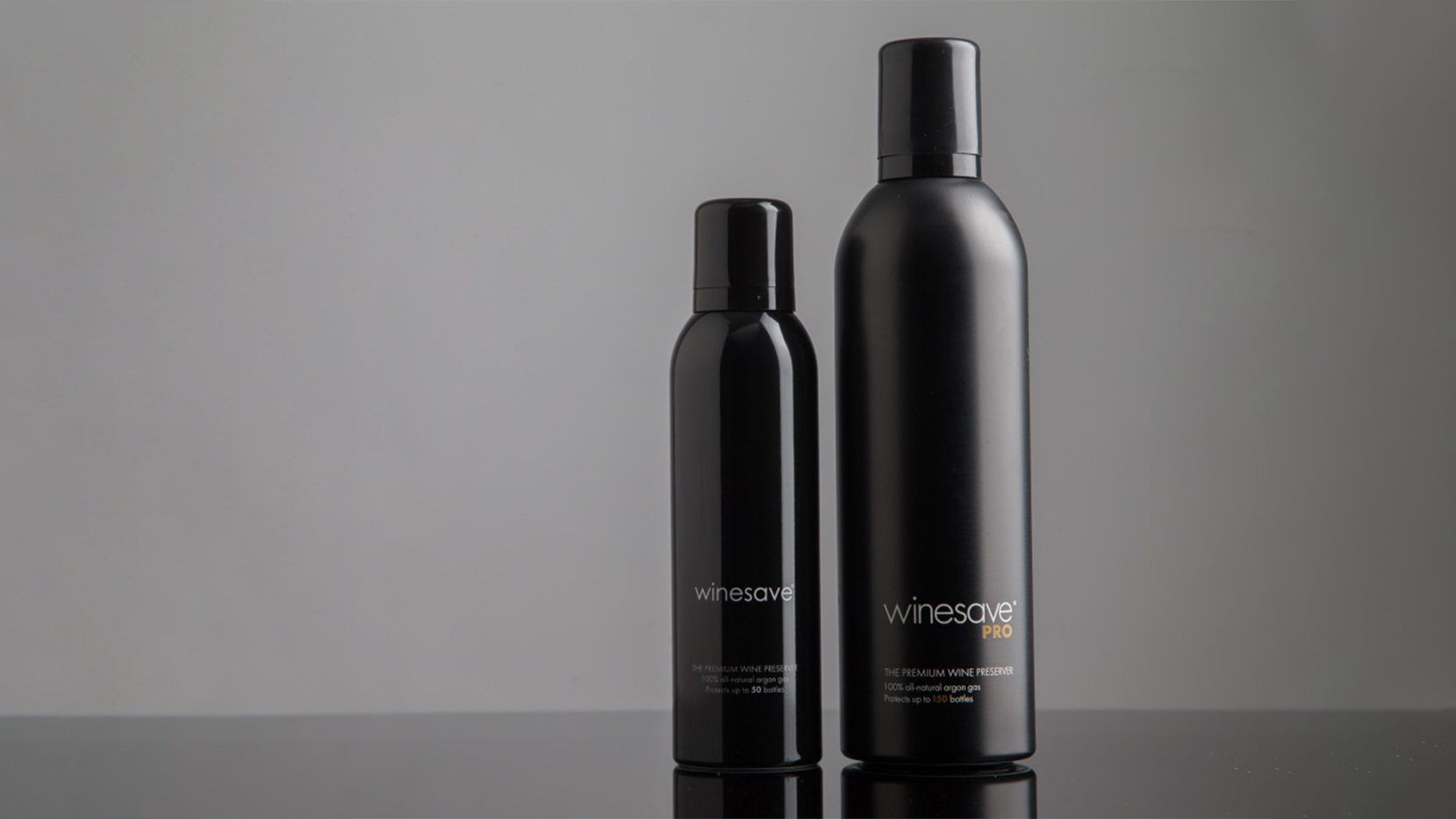Screw Cap or Cork?
Cork caps are part of the wine for centuries and up to this day it is regarded as the most reliable closure for the bottle. It is very unlikely that this will change soon. Judging by the recent statistics, cork remains the most favourite material worldwide. After all, the cork has its limitations, therefore, people constantly search for better alternatives, some of which is the screw cap.
The cork cap is produced from the bark of the oak tree of the Quercus suber family, which is mostly found along the western Mediterranean coast – Spain, North Arfica and mainly Portugal (the local oak forests produce 50% of the world's cork). The shape of the cork is cylindrical, and its length can vary between 25 and 60 cm: the longer, the more potential for aging in the bottle is assumed to have the wine closed with it. Regardless of the properties of the cork, a defect is possible, which is the main reason to look for an alternative. The defect is caused by the chemical 2,4,6-trichloroanisole (TCA) and has the same name - "cork". When it is present, we speak of "corked" or "corked" wines. There is no way to know if the wine was contaminated with TSA before we opened the bottle, nor is the condition of the cork when it is removed from the bottle able to tell us anything more. Examining and smelling it by the waiters in some restaurants is a ritual without much meaning: the cork can have a perfect appearance and yet TSA is nestled in its channels.
TCA is a highly sensory recognizable substance: the human senses sense it in wine at levels of about 2-5 parts per trillion (ppt), which is equal to 0.000000000002 grams per liter of wine. To illustrate, the ratio is like 1 teaspoon of salt in a thousand Olympic-sized swimming pools. The human senses quickly adapt to the smell of TSA, ie. if the first smell tells you that the wine has a cork, then in all probability it is. The scents are often compared to the smell of a dog's wet fur, moldy cardboard or a dirty rag. The more you smell, the more you can doubt your judgment, so trust your first impression.
This negative effect is namely the main reason for looking for alternative closure.
The screw cap is a long-hollow aluminum plate that is placed on the neck of the bottle. A layer of synthetic material or cork is used as a sealant. Additions to its main advantage (inability to develop TCA) are the possibility of horizontal storage and significantly longer preservation of aromas in an open bottle of wine. At this stage, there are still no comprehensive statistics on how the wines closed with it age. It has been used in wine for less than 50 years, and the bottles closed with it over the age of 20 are single pieces and are mostly in the personal collections of the cellars for observation.
Although difficult in some traditional markets, the common belief that the screw cap is mainly used for cheap wines is unreasonable. Wines closed with a screw cap are not cheaper or of lower quality than those closed with cork. The solution is much more technological and stylistic: innovative countries such as New Zealand, Australia, USA, Switzerland and Austria use a screw cap for over 80% of their wines, while traditional producers such as France, Italy and Spain (Bulgaria belongs to this group) prefer crust.
For sure the screw cap is the better alternative for the HORECA sector, while cork is preferred in the wine collections. Everything is a matter of tradition and choice. Therefore, next time you are choosing a bottle, don't forget that the wine will be the same, no matter how it's closed. The only benefit is that the screw cap guarantees 100% quality product. However, it cannot be denied that cork holds a certain sentimental value.







